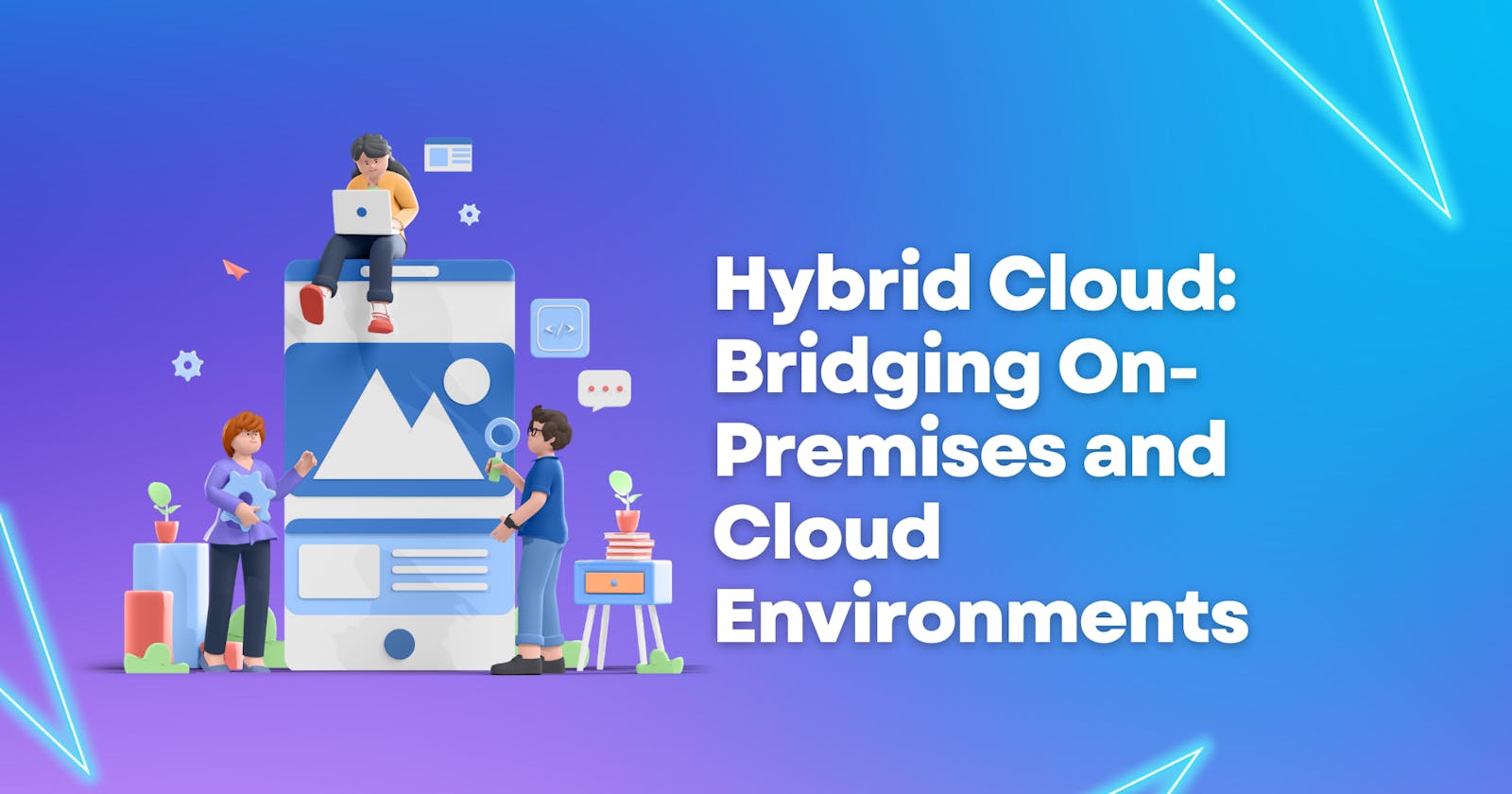Hello, I'm Austin David, a tech enthusiast with a keen interest in cloud computing and its transformative capabilities. I have had the unique opportunity to collaborate with a forward-thinking Cloud Computing company in Bangalore, which has given me insights into the dynamics of this field. Today, I aim to shed light on an exciting concept in this sphere, the Hybrid Cloud.
Understanding Hybrid Cloud
Before diving into the depths of the hybrid cloud, it's crucial to understand what it is. A hybrid cloud is a computing environment that combines an on-premises data center (also known as a private cloud) with a public cloud, allowing data and applications to be shared between them.
In simpler terms, a hybrid cloud is like a bridge connecting your private, on-premises resources to the vast, public cloud landscape. It offers businesses the best of both worlds: the control and security of a private cloud, and the scalability and versatility of a public cloud.
Why Hybrid Cloud?
The hybrid cloud model can be a game-changer for businesses. Here are a few reasons why:
Flexibility and Scalability
One of the significant advantages of a hybrid cloud is its scalability. A public cloud's resources are virtually limitless, allowing businesses to scale up their operations without investing in additional on-premises infrastructure. This is particularly beneficial for businesses with fluctuating workloads.
Enhanced Security
With a hybrid cloud, sensitive data can be kept on a private cloud or on-premises infrastructure, offering better security and control. At the same time, less-sensitive data and applications can leverage the resources of a public cloud, offering cost benefits.
Cost-Effective
A hybrid cloud model helps optimize costs by allowing businesses to use on-premises resources for regular, predictable workloads and tap into the public cloud for additional or unexpected loads. This pay-as-you-go model can lead to significant cost savings.
Implementing the Hybrid Cloud
Adopting a hybrid cloud model is not a simple switch; it involves careful planning and execution. Here are a few steps that businesses can take:
Assessing the Needs
The first step is to understand the business needs and determine which applications and data can be moved to the public cloud and which needs to stay on-premises. This involves assessing the sensitivity of the data, regulatory requirements, and the applications' compatibility with cloud environments.
Choosing the Right Partners
Choosing the right cloud service provider is crucial. Look for a provider that offers secure, reliable services, and can meet your business's unique needs. Collaborating with a Cloud Computing company in Bangalore, for instance, can be a strategic move given their expertise and robust infrastructure.
Managing and Monitoring
Once the hybrid cloud is in place, it needs to be effectively managed and monitored. This involves keeping track of resources, managing security, and ensuring seamless integration between the on-premises and cloud environments.
Overcoming Challenges
Although the hybrid cloud model offers numerous benefits, it does come with its share of challenges, such as data security concerns, compliance issues, and complexity in management. However, with the right tools, expertise, and partners, these challenges can be overcome.
Final Thoughts
Hybrid cloud is a powerful tool that can offer businesses flexibility, scalability, and cost benefits. However, it's not a one-size-fits-all solution. Organizations need to carefully assess their needs, choose the right partners, and manage their hybrid environments effectively.
As someone who has seen the transformative power of cloud computing at a leading Cloud Computing company in Bangalore, I'm a strong proponent of the hybrid cloud model. However, I also recognize the importance of making informed decisions, and I hope this blog helps you in your cloud journey.
The future of cloud computing is exciting, and the hybrid cloud model is undoubtedly a significant part of it. As we continue to explore this vast landscape, I look forward to sharing more insights and developments with you. Stay tuned!
